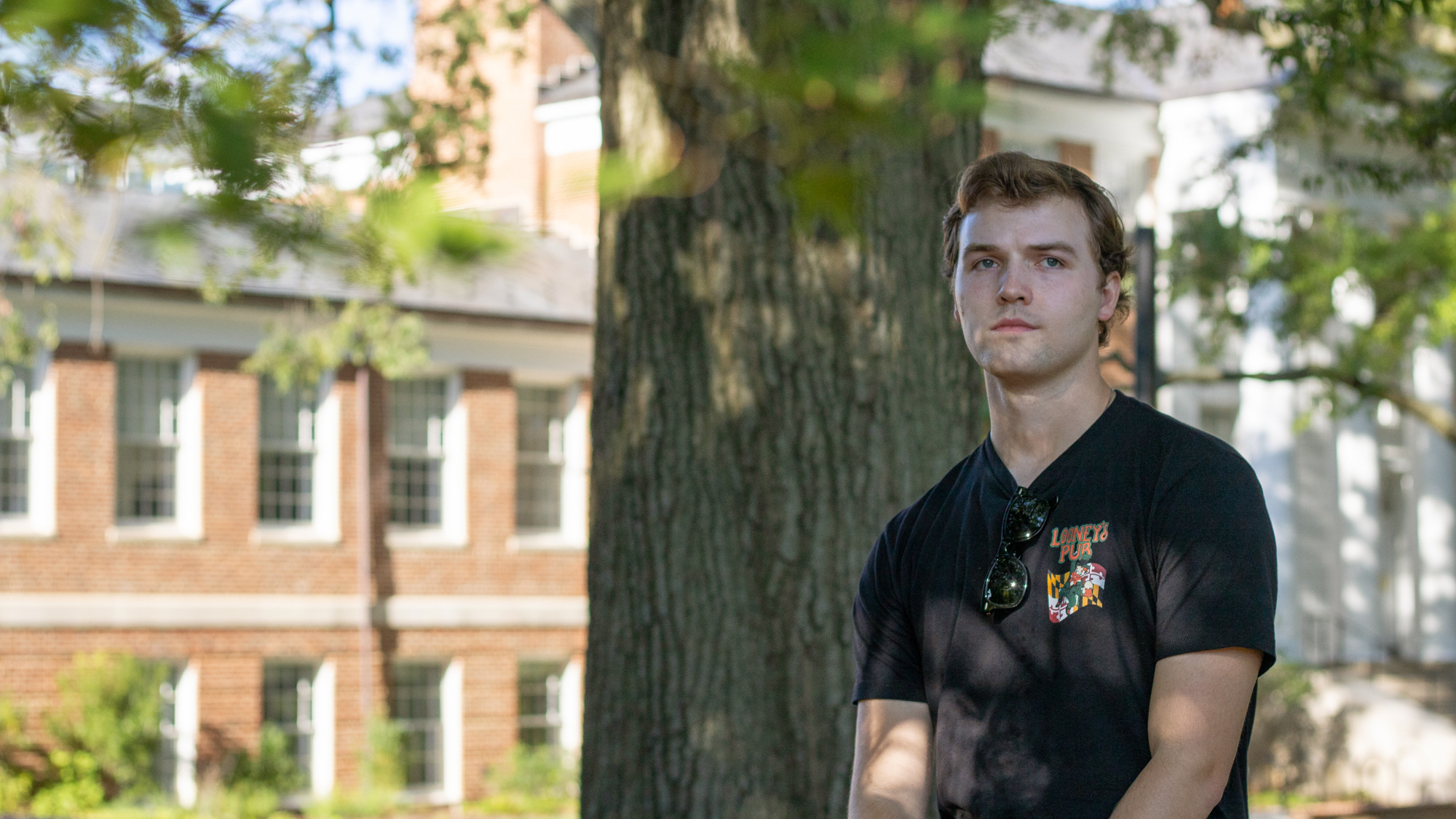This story is part of The Diamondback’s 2021 Housing Guide. Click here for the rest.
After receiving her acceptance letter to the University of Maryland for the fall 2021 semester, Macy Hamlin started the “battle” of finding housing near the campus.
Hamlin, a junior public policy major who transferred from Dickinson College, pays for school on her own, and she wanted to secure off-campus housing to save money.
But her acceptance letter to this university didn’t arrive until late July, leaving her with few affordable housing options in College Park.
She ultimately decided to commute from her home in Carroll County this semester. She said the university did not provide enough support for transfer students admitted in the summer to find housing.
“I get it, it’s a big university, there are a lot of kids, but it sucks when you can’t get someone on the phone to at least try and help,” Hamlin said. “I chose a new school wanting to finally feel at home somewhere … But I haven’t gotten that sigh of relief.”
[Tempo and The Nine adopt influencer-style marketing strategy to appeal to UMD students]
Transfer students like Hamlin say the difficulty finding housing makes the transition to a new university even more challenging. And they say the university could do more to help transfer students with their housing situations.
Across the last five years, less than 5 percent of students living in on-campus housing have been transfer students. This year, about 18 percent of all transfer students live in dorms, and they make up 4.5 percent of students living in dorms.
The university offered more dorm housing this year than in previous years, according to a Department of Resident Life statement. The department provided on-campus housing to about 400 new transfer students — including Grace Carlo.
Carlo is a sophomore journalism major who transferred from Xavier University this semester. By the time she learned of her admission to this university in late July, there was just over one week before students were scheduled to return to Xavier.
Carlo’s parents didn’t want her committing to a new school without housing plans, so Carlo turned to Facebook. One week into her search for off-campus apartments, Facebook spammers targeted the comments of her posts.
Despite her parents’ wishes, Carlo applied to live on campus.
She felt lucky when the university provided her with on-campus housing after about one week on the waitlist, she said. The university had previously told her not to get her hopes up, as freshmen and returning second-year students had the highest priority for on-campus housing.
This low chance of receiving housing, paired with a lack of guidance on transfer housing from this university, frustrated Carlo. The only housing information she received was in her transfer student checklist, in a category that combined housing, dining and orientation steps.
Carlo expected emails from this university giving instructions on how to apply for housing and where to look.
“I wouldn’t say that the university was super great about helping me find housing,” Carlo said. “It was all me taking the initiative to call UMD ResLife and ask what I should do to apply for housing.”
In a statement, the Department of Resident Life said its staff “continues to work with students on the residence hall waiting list to offer housing as spaces become available.”
When Adam Spaeth, a junior criminology and criminal justice major, transferred last fall, he also decided to take initiative on his own rather than rely on the university. Spaeth said the minimal help he received when looking for off-campus housing was “alarming.”
“It was a little bit of a slap to the face,” Spaeth said.
This university’s Off-Campus Housing Services provides a database where students can search for housing close to campus, according to a statement. But when Spaeth attempted to use the database, he found it unhelpful.
“I remember [the database] being pretty old,” Spaeth said. “There were no good resources to use to find somewhere to live. That was really hard.”
[UMD to pause development of Guilford Woods following months of backlash]
When Spaeth settled for an apartment at The Enclave, he had no idea how far it was from this university’s main campus. After one semester, he chose to sublet a room at Terrapin Row via Facebook.
Spaeth said Facebook was helpful, but having it as his primary housing source was off-putting. Finding housing through Facebook groups can also be a “gamble,” he said, because some students lie about the quality of their rooms and roommates.
Spaeth also didn’t think it was worth it to contact the university for housing assistance.
“I felt like, there are over 30,000 kids that go here, and they’re not gonna listen to one person and help them find housing,” Spaeth said. “There just aren’t resources to help everyone.”



